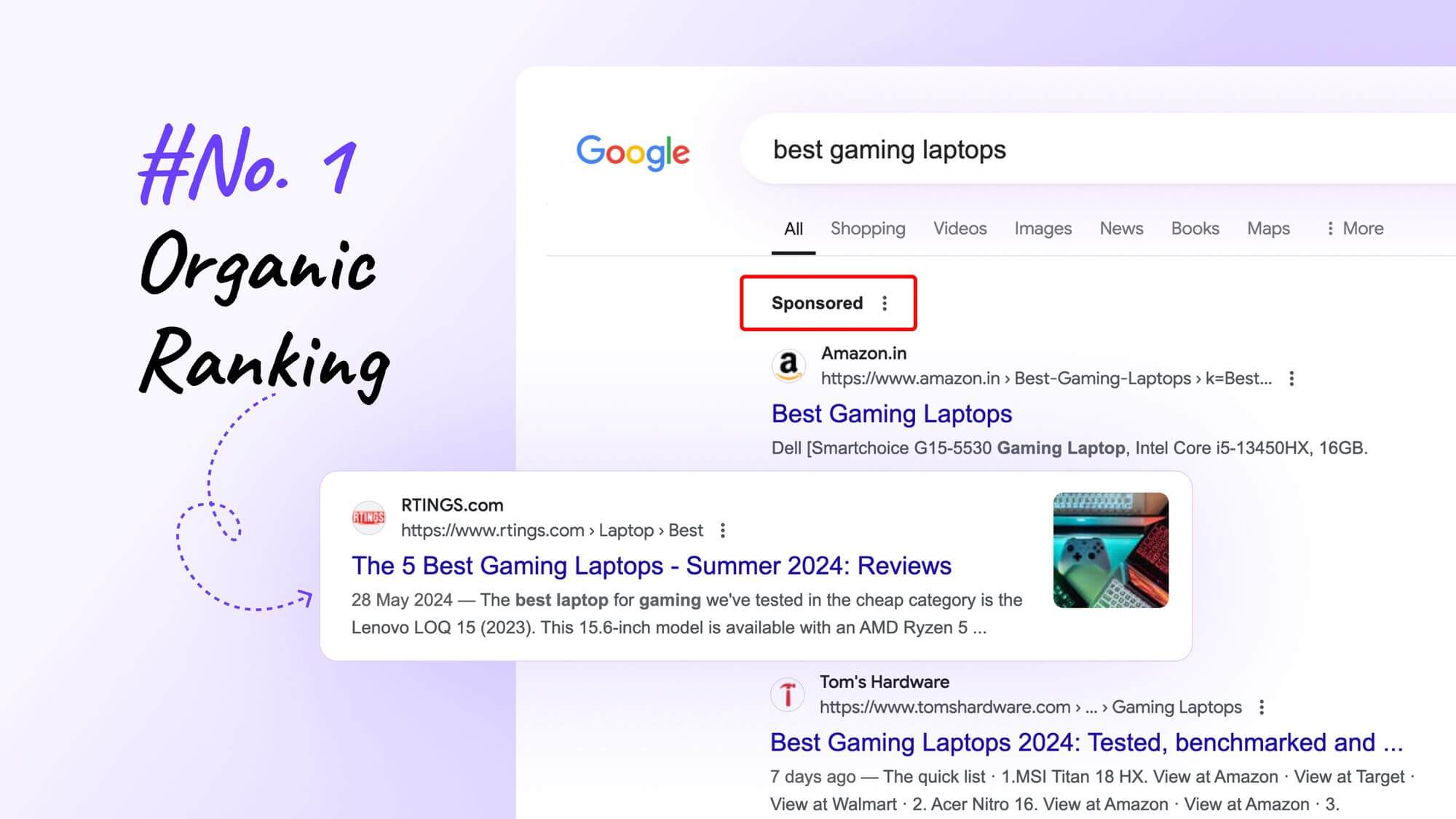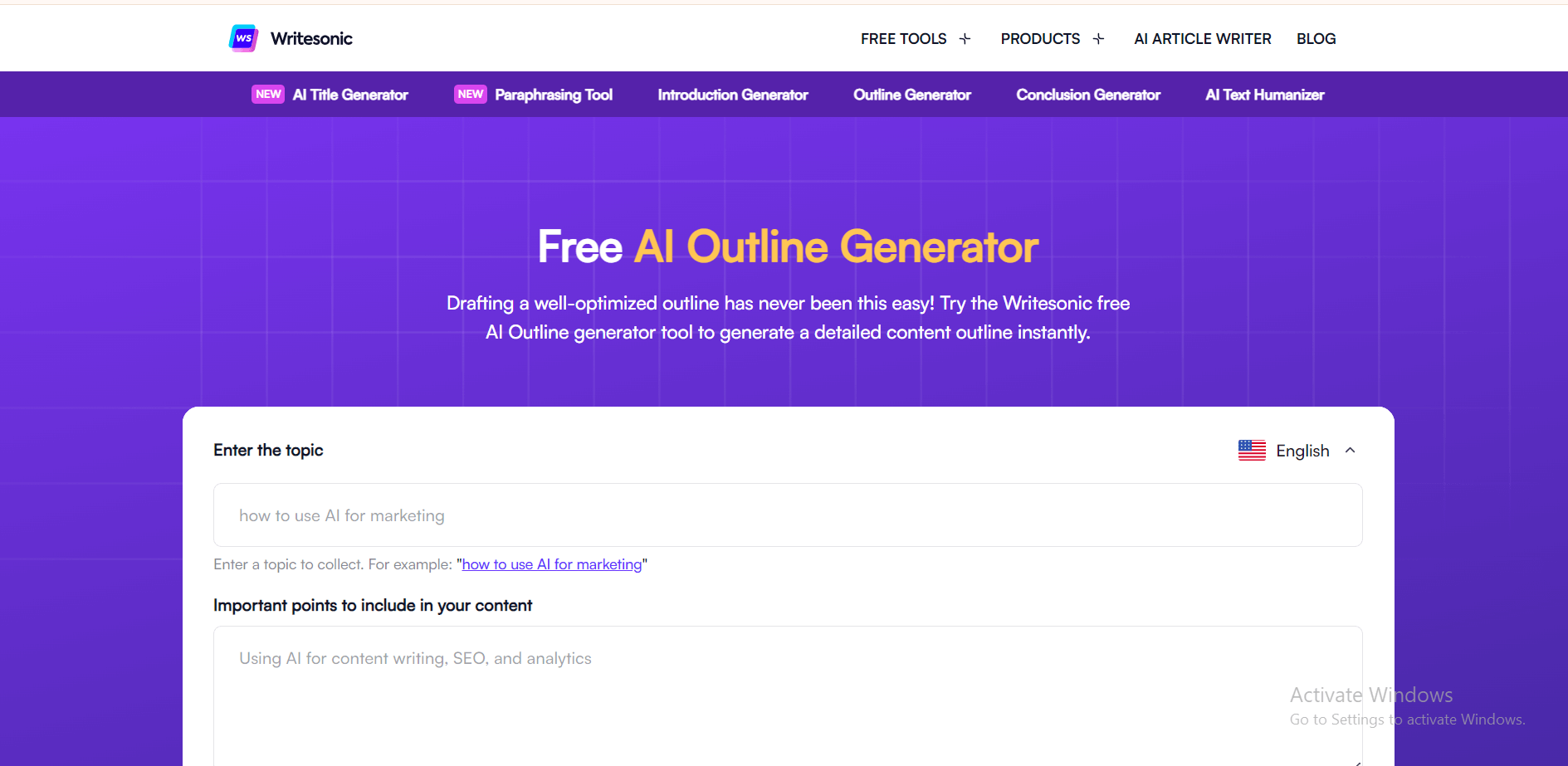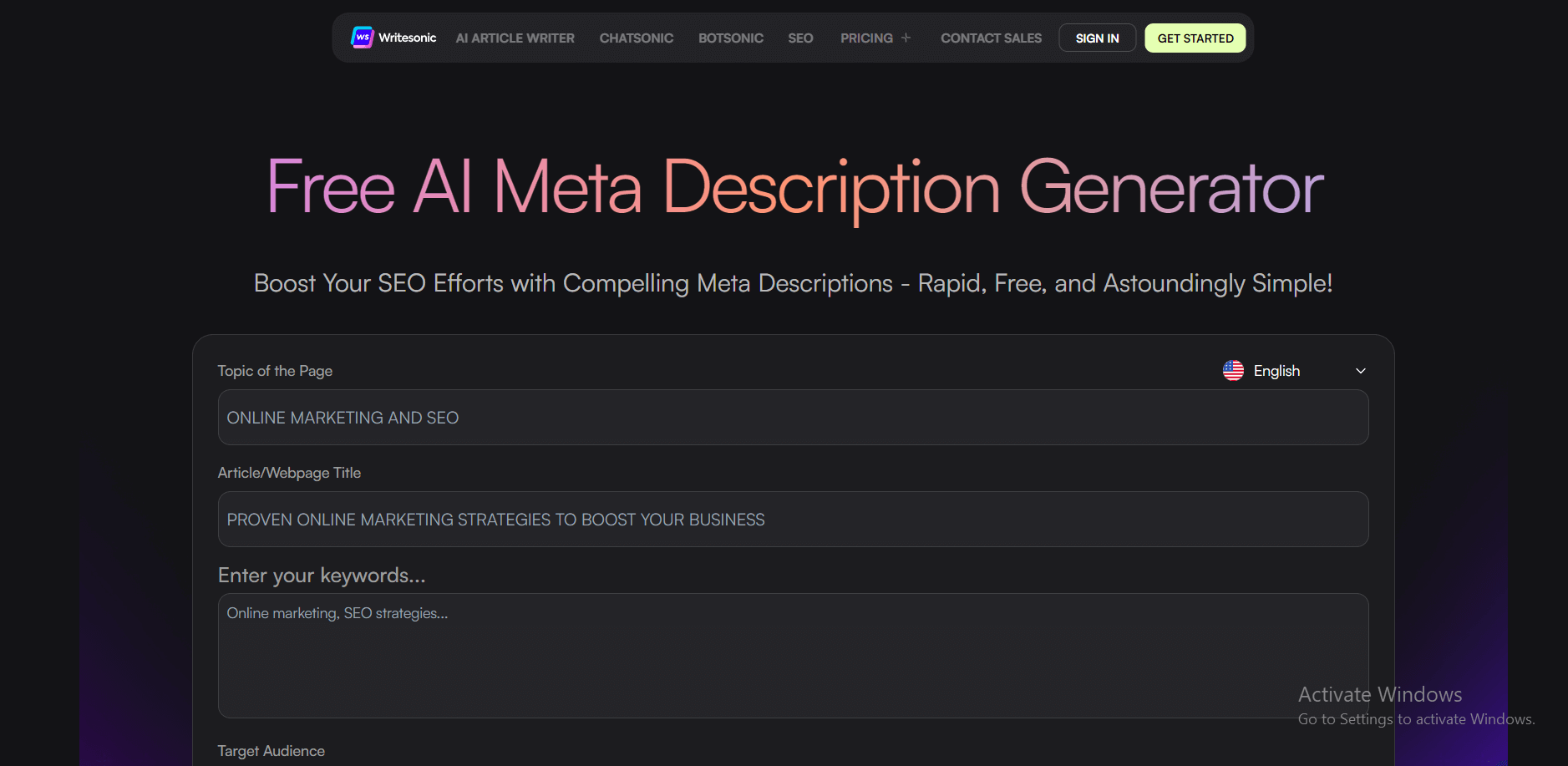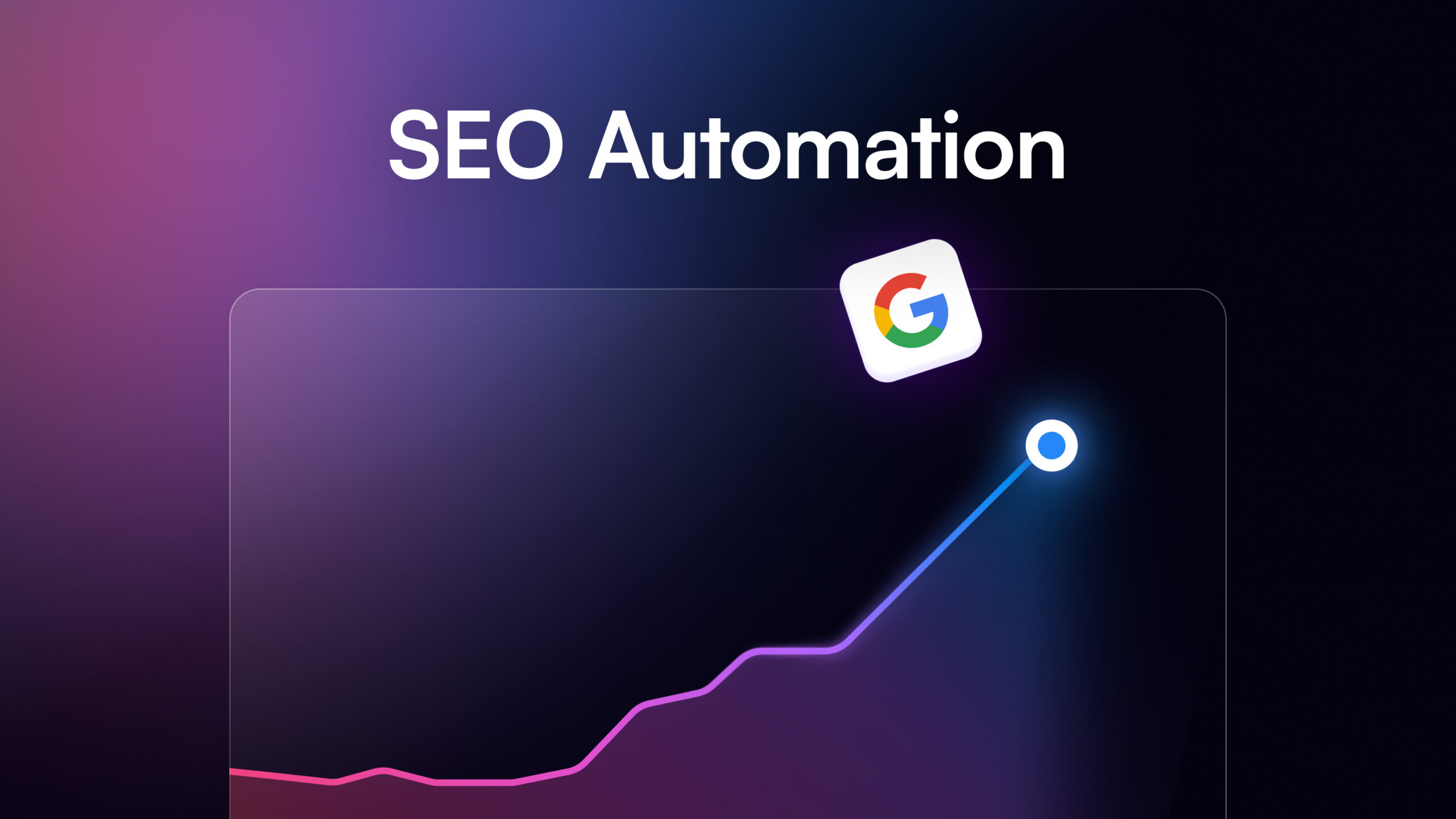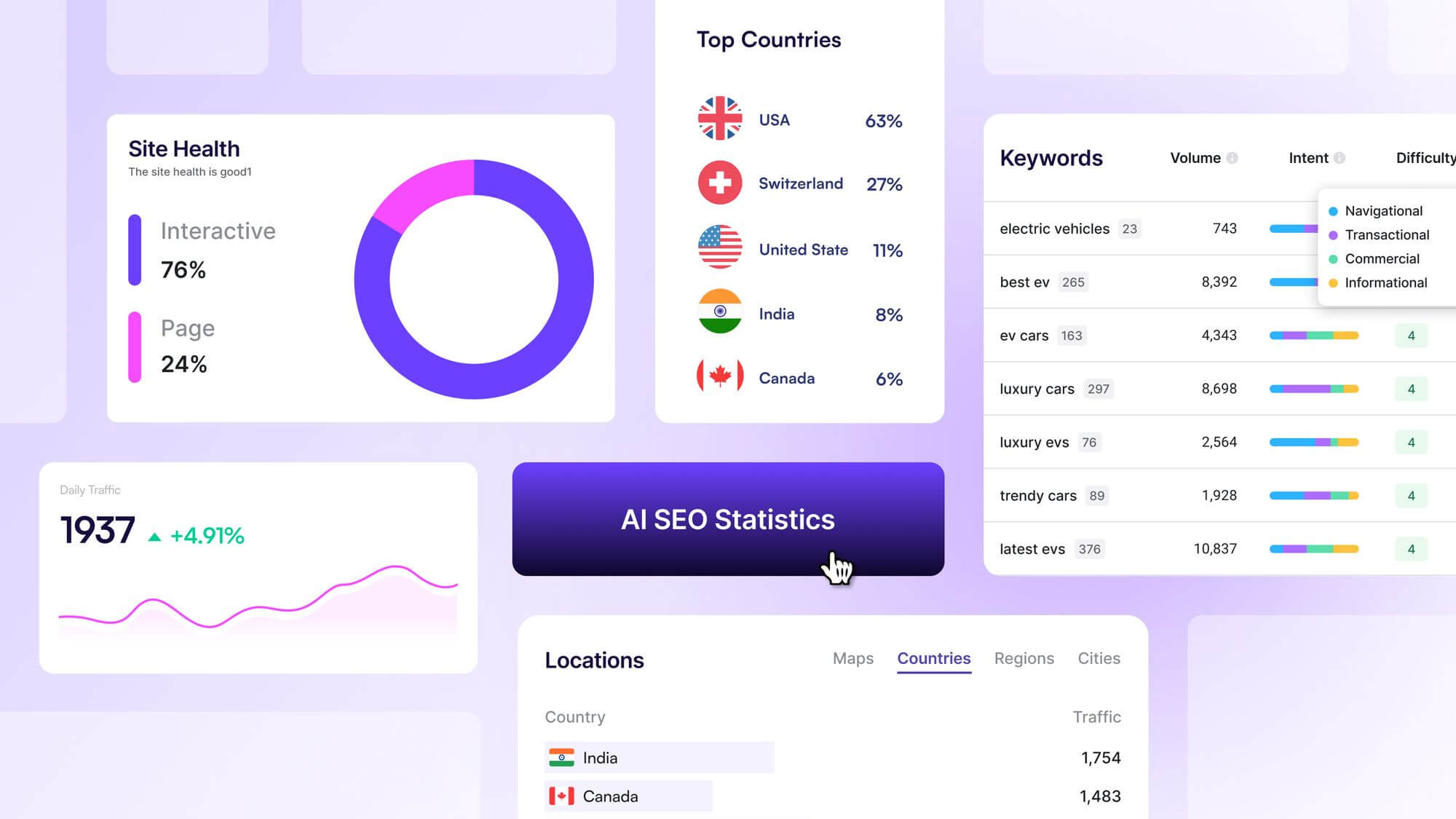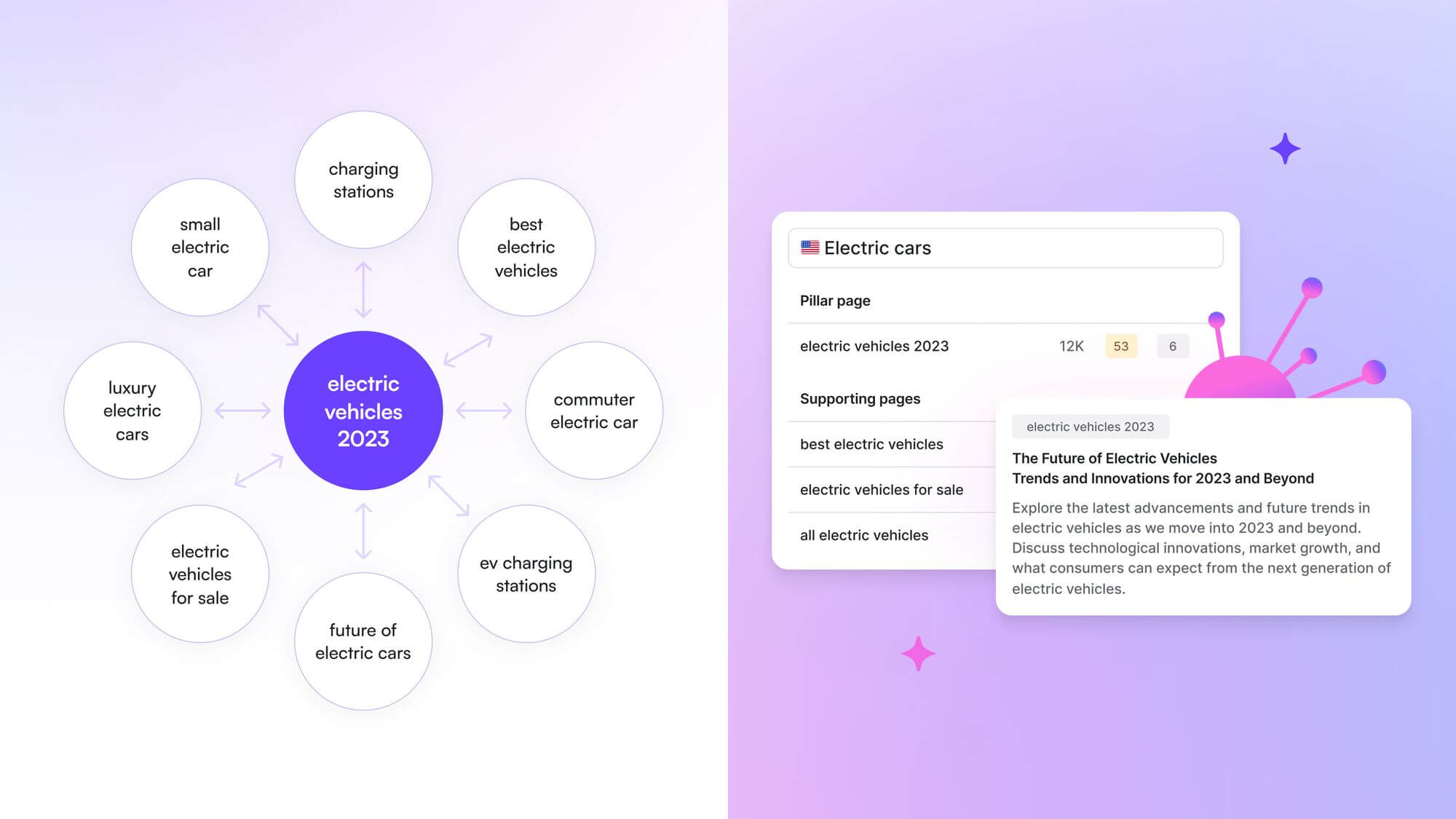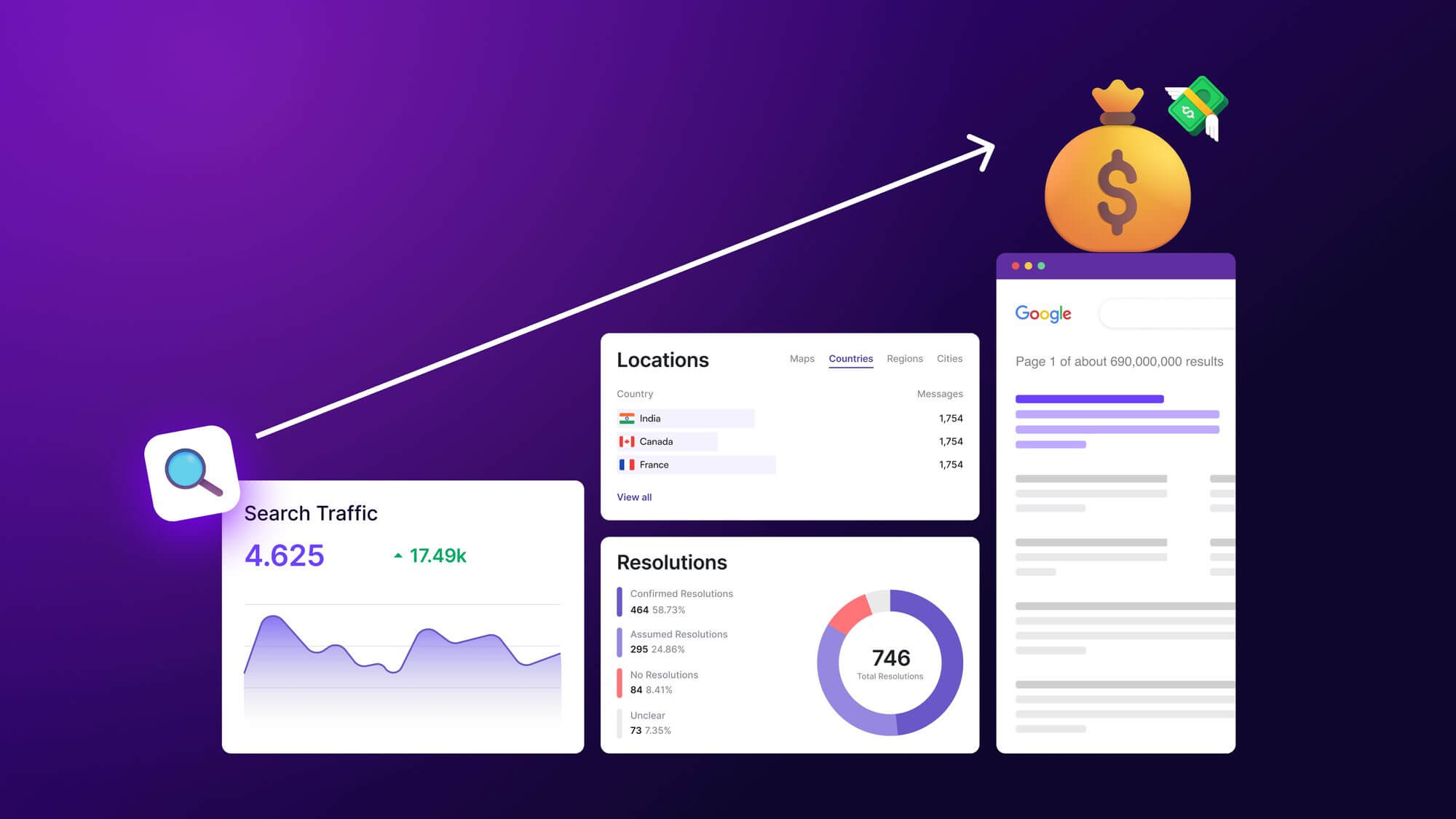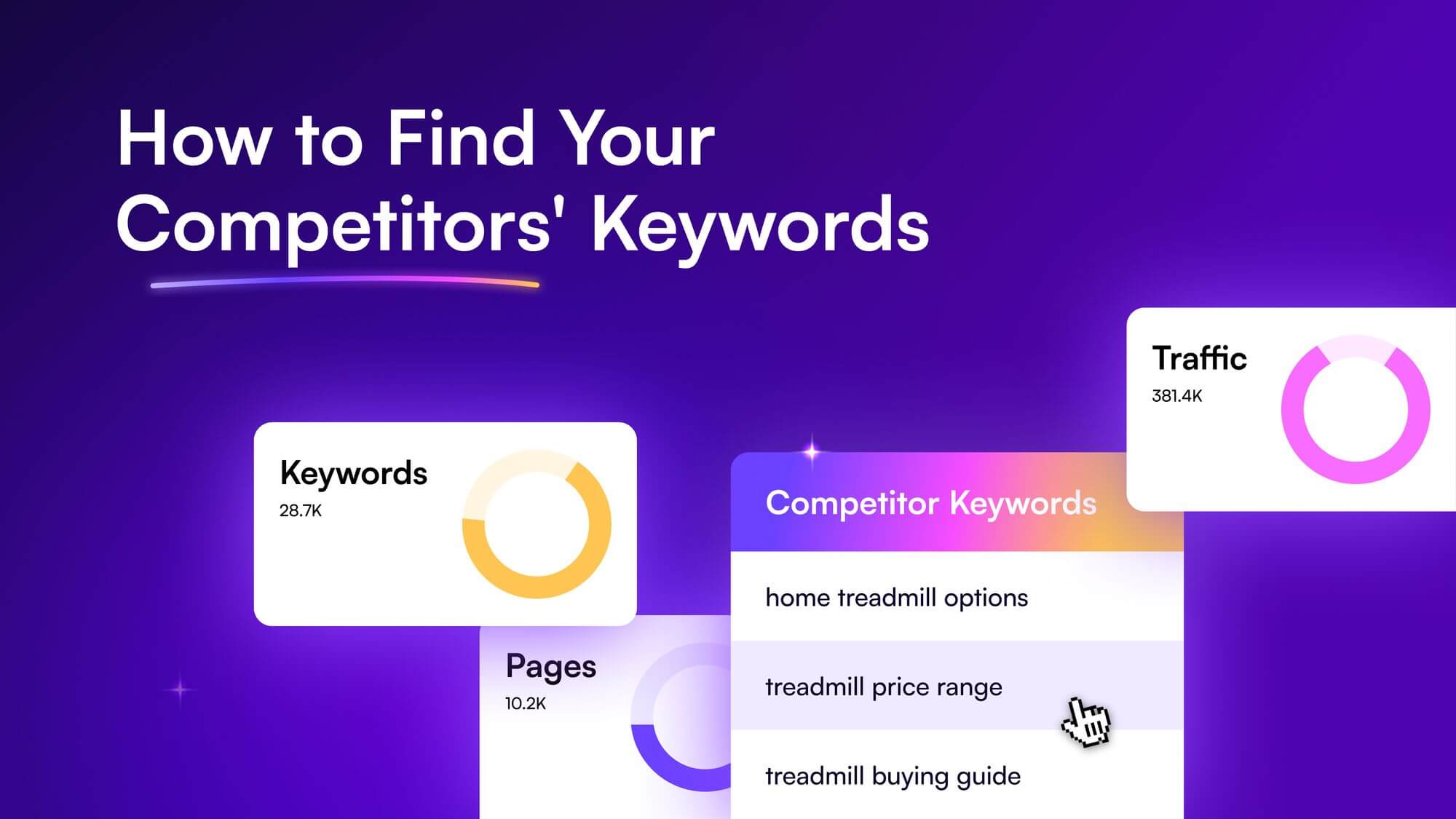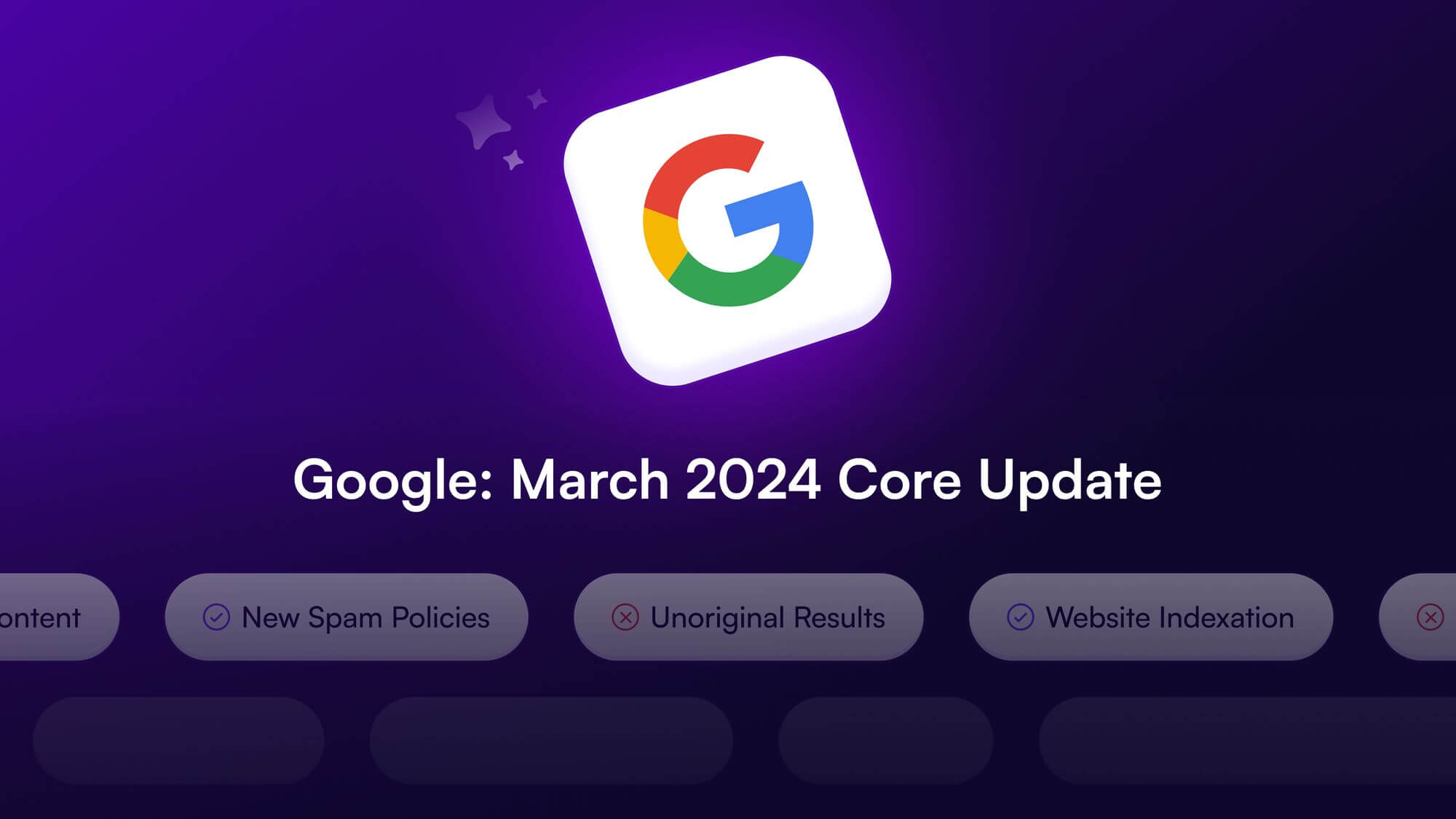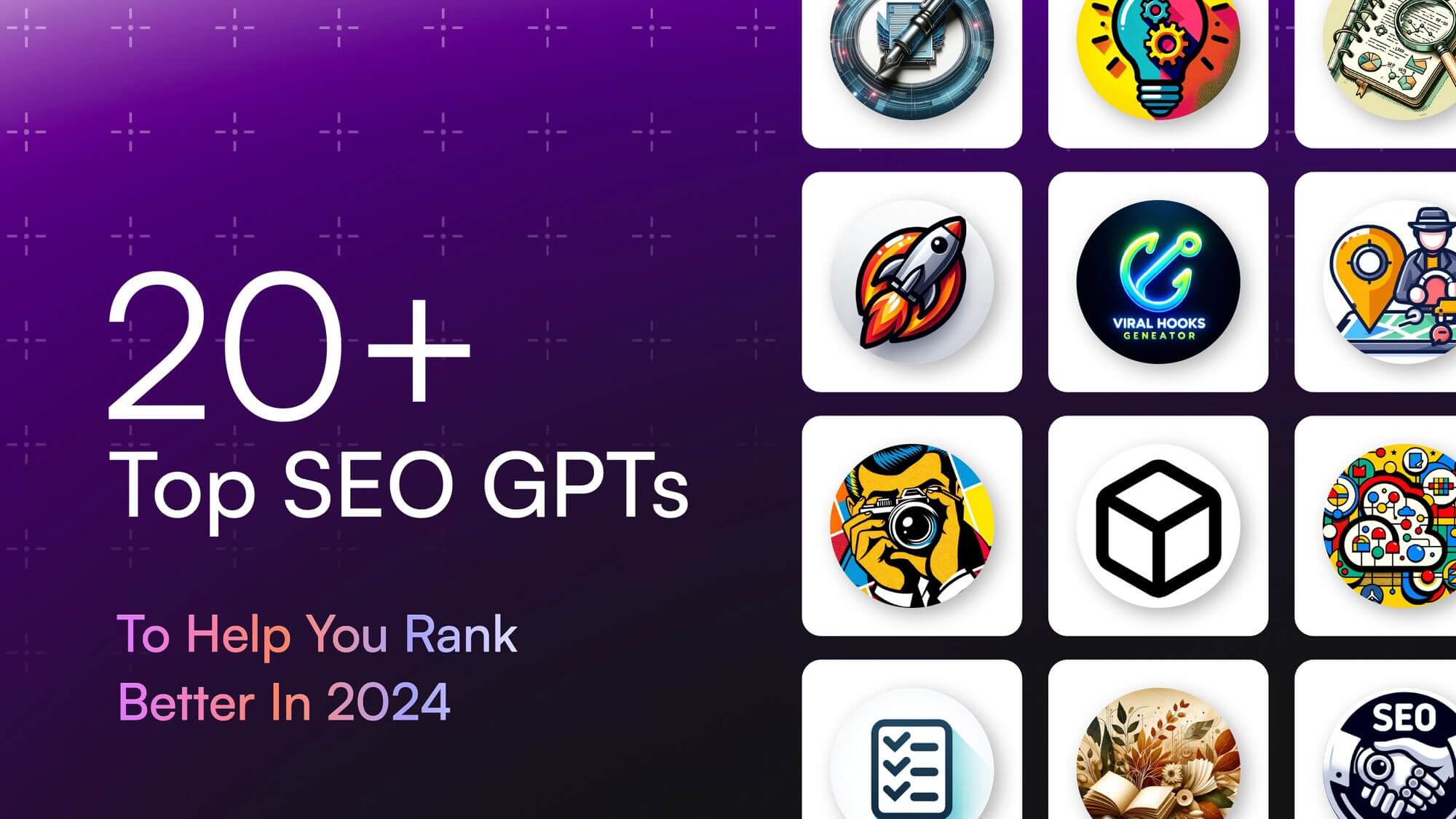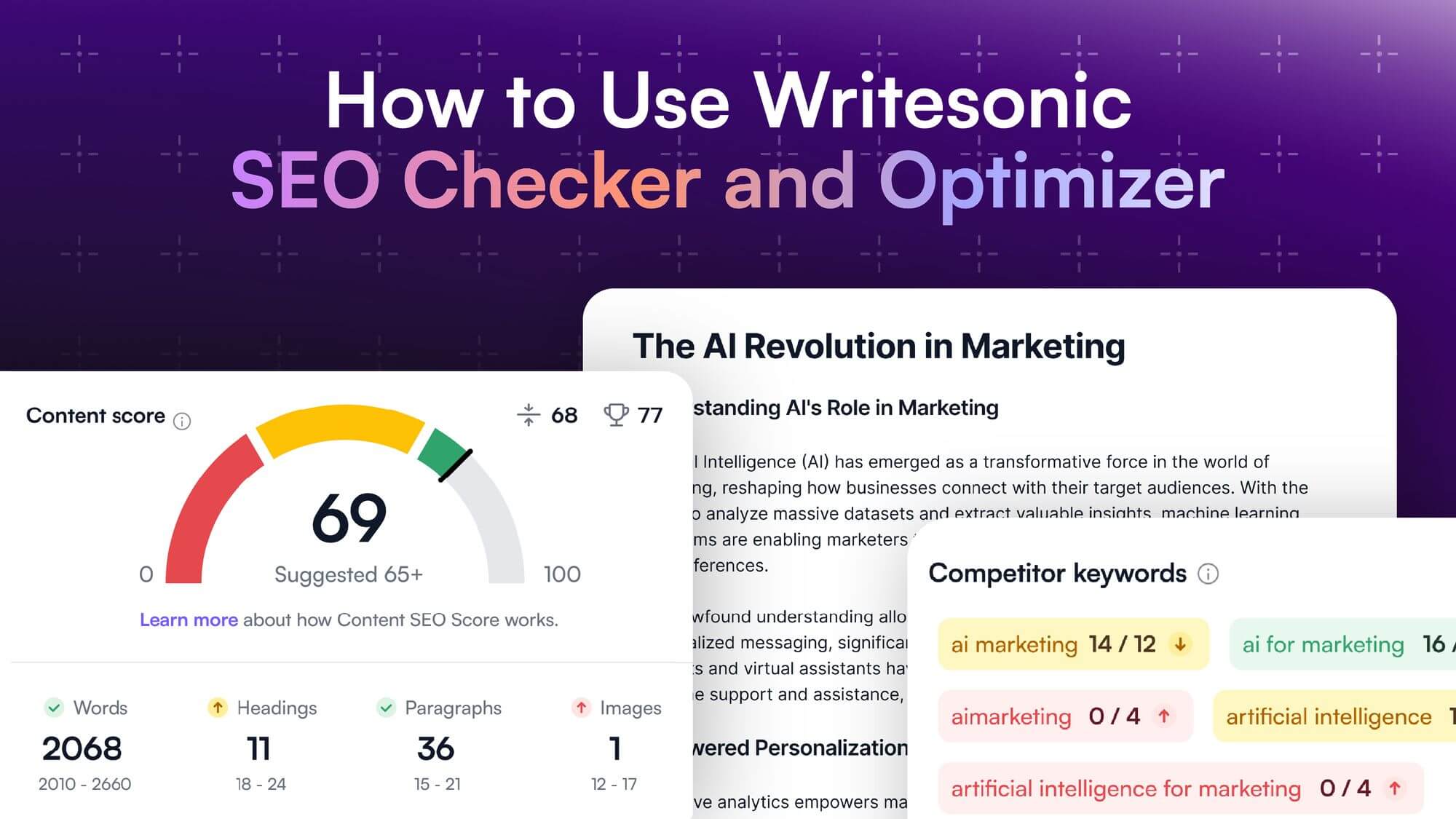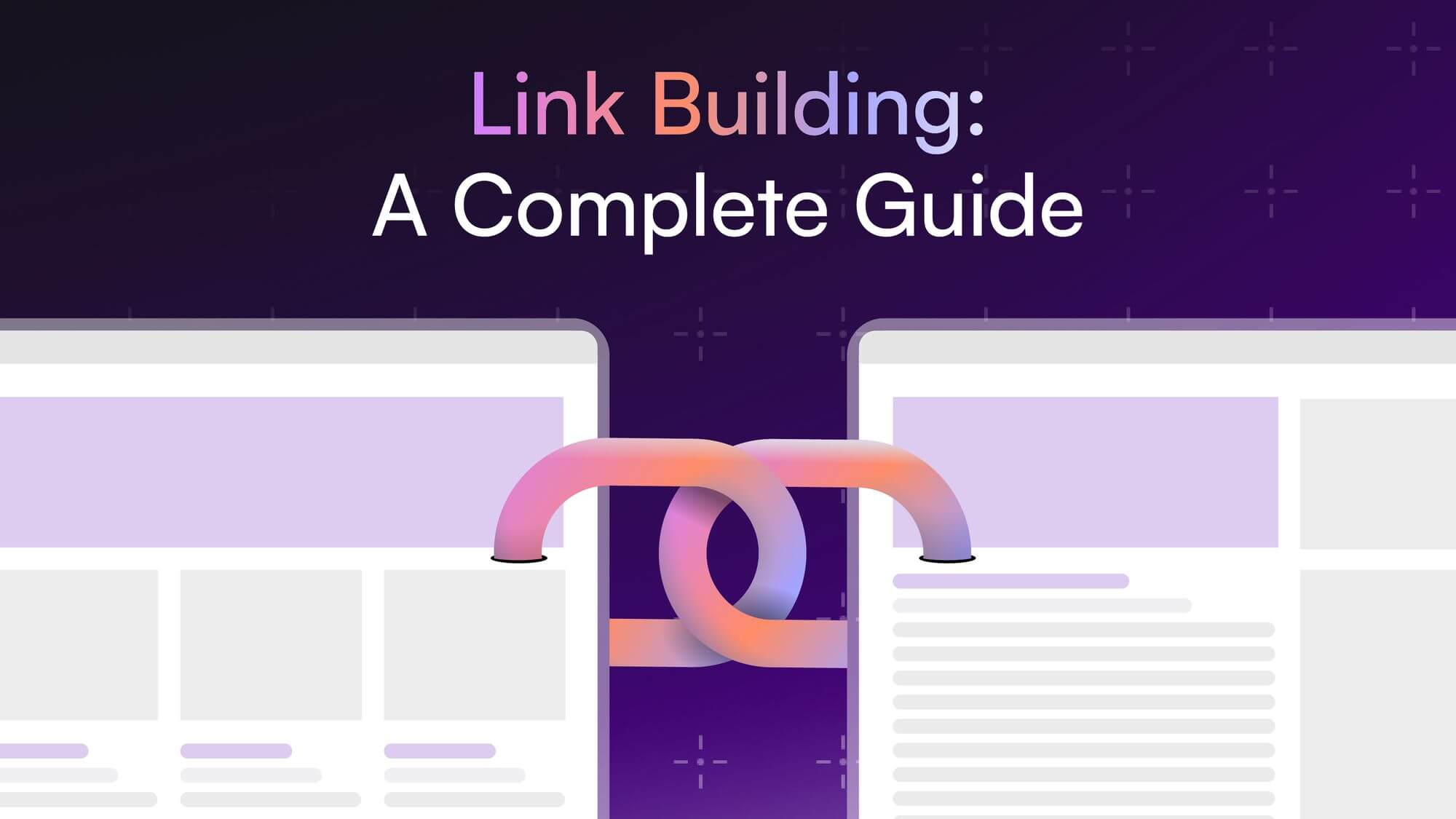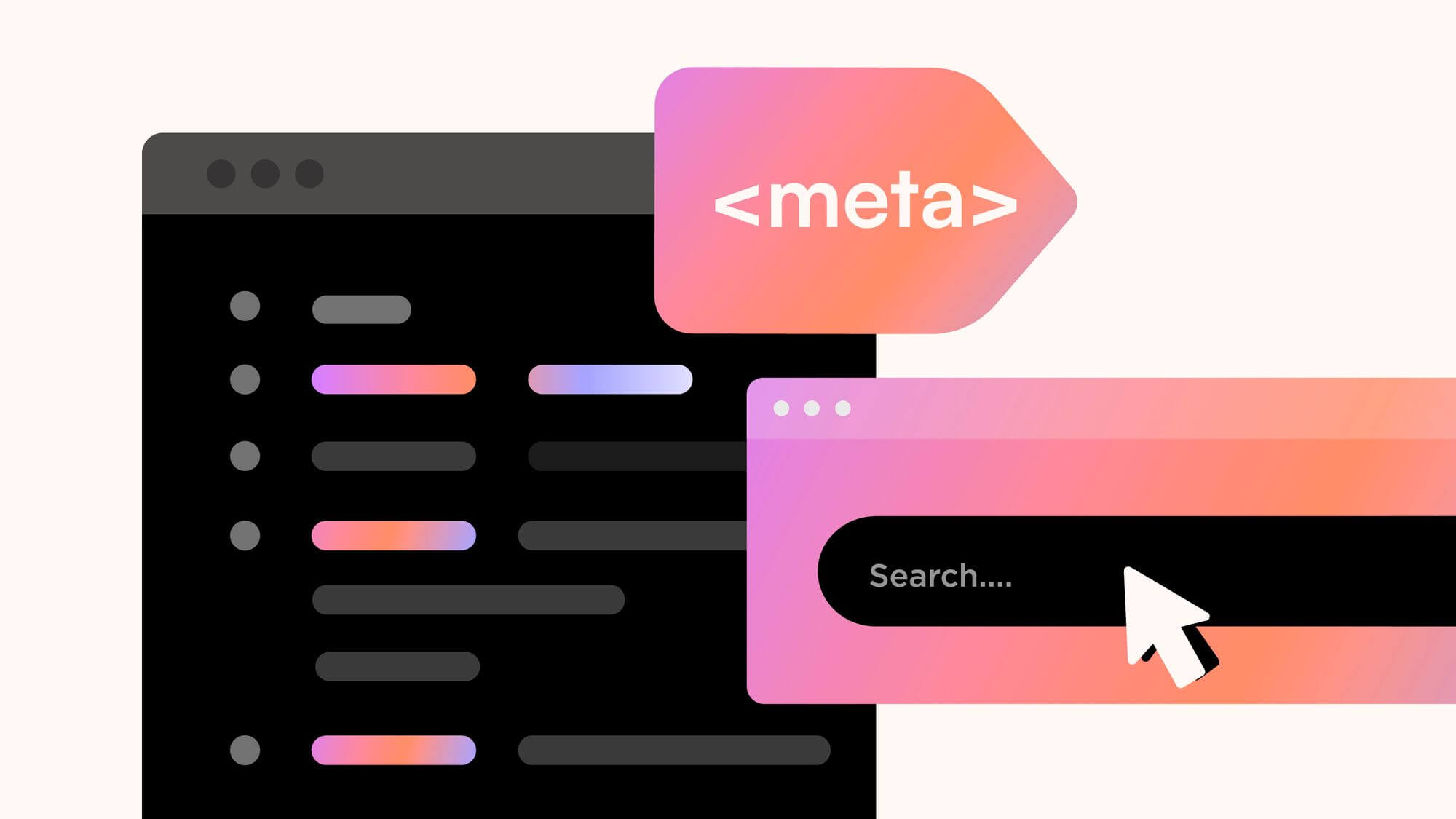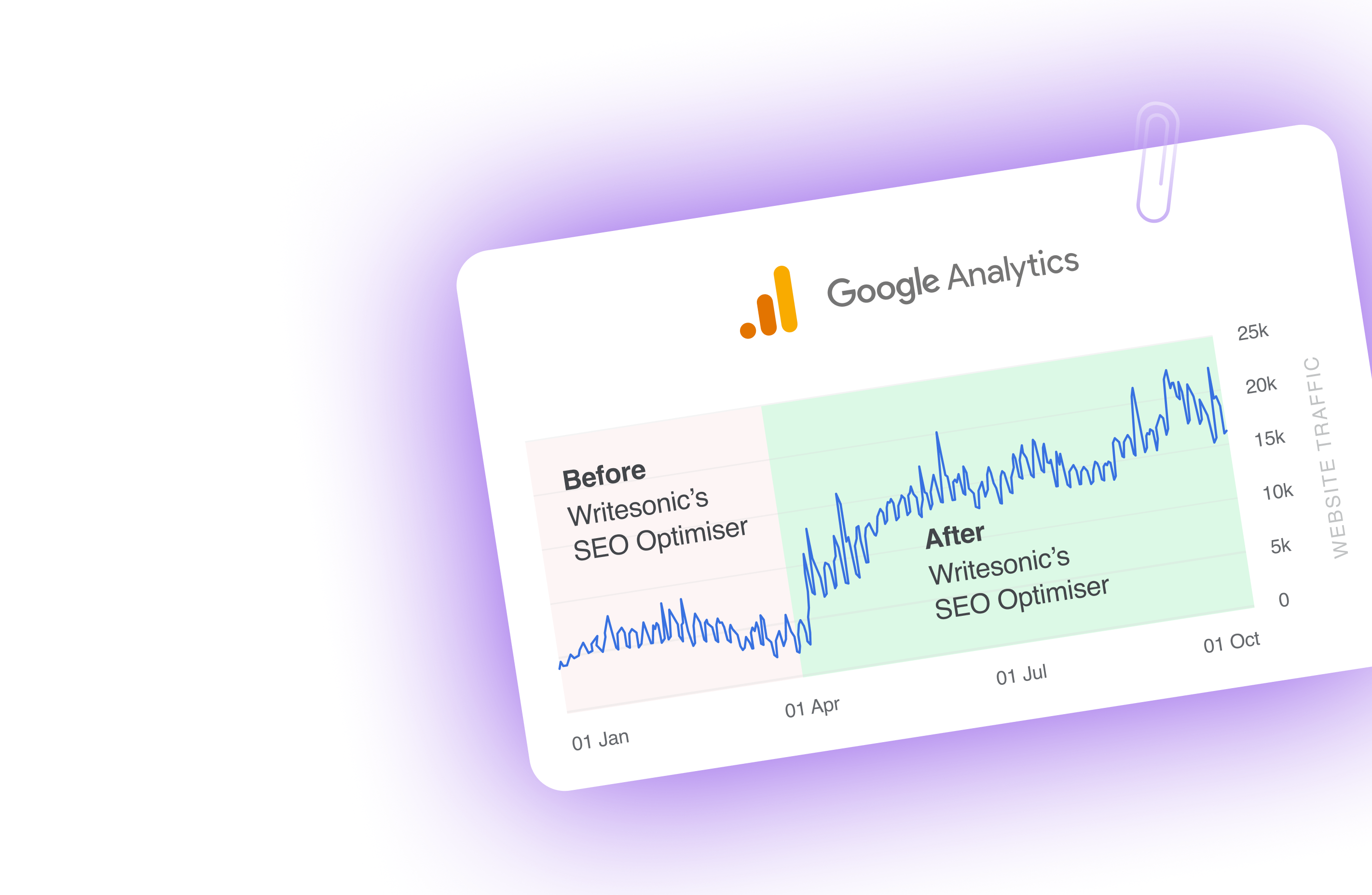Have you ever wondered why some websites always rank in the top search results when searching for something online?
We know the answer! It’s the power of SEO content writing.
If you’re running a website or planning to launch one, learning how to write SEO content is non-negotiable for ranking higher in Google search results.
This is because if a search engine can’t find and crawl your content, even the most helpful content will not show up in the top search results, and will not bring organic visitors to your website.
On the other hand, when you create content with SEO in mind, you’re making it easier for search engines to understand and rank your website. This means more people can find your content when they search for topics related to your site.
In this article, we have shared some advanced & highly effective SEO content writing tips you can utilize to boost your website’s visibility and attract more visitors.
What is SEO writing?
So, what is SEO writing? It is the process of writing and structuring content that helps to attain higher rankings in search engines, such as Google, and attract relevant traffic to your website.
Writing SEO-friendly content with target keywords can help search engines like Google understand and index your content. This, in turn, can help you achieve higher rankings in search results and bring in more organic visitors.
Even if you write an in-depth and engaging piece of unoptimized content bound to amaze readers, your post might not reach them without effective SEO strategies. Your content should be such that it provides value to your audience, not just catching the robots’ attention.
In a nutshell, SEO content writing is about creating a balance between satisfying humans and robots.
Why is SEO writing important?
Writing SEO content is important as it helps rank the content higher, increase organic traffic to your website, and reach your target audience.
SEO works as a bridge that helps search engine users reach your content. This is an excellent marketing technique that drives results for your website.
You can use numerous SEO content optimization tools to help you find high-search volume keywords with high click-through rates, improve readability, and identify & correct grammatical errors as well as style inconsistencies to rank your content better.
Tips for creating SEO-Optimized content
Want to know how you can infuse SEO magic into your writing? Let’s dive in and learn some of the best SEO tips that are loved by search engine algorithms.
1. Find Keywords
Finding the right keywords is the first part of your SEO content strategy. Once you know the topic you are writing about, you will need to identify appropriate high-volume search terms.
You can search for the keywords using any keyword research tool. You just need to mention the topic name, and the tool will provide you with various metrics, such as keyword difficulty, search volume, average CTR (click-through rate), and organic traffic potential.
Remember, the less difficult the keyword, the better the chances of ranking. Keyword difficulty ranges from 0 to 100. It is recommended to opt for a keyword on a scale of 0 to 14 as these provide the opportunity to start ranking on Google quickly with the least amount of effort.
The search volume provides insights into how many times users search for a particular keyword per month, which can be an important factor in choosing the primary or secondary keyword.
Writesonic, for example, is a powerful keyword research tool that is remarkably easy to use. You just need to enter the topic name, and it will provide you with the relevant primary and secondary keywords.
2. Keyword Placement
Using keywords strategically in your content can help you attract the right audience and grow your organic traffic. The best part is you can get the relevant keywords as per your blog topic in just a single click without extra effort with Writesonic’s Keyword Research Tool.
Once you have the keywords, the next important thing is their placement. You should always use keywords in your H2 or H3 headings, meta descriptions, the first 100 words of your content, the main body, and the conclusion.
Using keywords thoughtfully and organically improves the chances that your content will appear in the search engine when a user searches for that related term or phrase.
Another crucial thing to remember is that you should prefer using long-tail keywords as they focus on a larger audience. Plus, the competition is also, compared to short-tail keywords.
Also, do not opt for short-tail keywords that are highly competitive. It is because everyone tries to target them due to their high traffic potential. So, your chances of ranking on the search engine decrease.
However, if you have a very high-authority website or have already built brand credibility to a great extent, you might rank on the first page of Google targeting these keywords.
3. Search Intent
For SEO content to do its job, it is important to first understand your user’s search intent. Search intent is the primary objective of a website visitor when typing a query into a search engine.
It tells what the user is trying to achieve through their search, whether they want to make a purchase, look for a particular website, find an answer to a query, etc.
For example, if your customers search for ‘how to assemble a steam iron,’ this means that they are not looking to buy a new product or navigate a particular page. Instead, they are looking for basic information.
Therefore, you can use this knowledge to target this keyword better.
The content you create should satisfy your customers and solve their problems or queries, as search intent is depicted by what type of keywords your prospects are using. Search intent is the major reason why users search for your keywords.
4. Create a blog post outline
Creating the blog post outline and keeping SEO content tips in mind can be quite stressful, isn’t it? A blog post outline helps organize your ideas before you start writing a blog.
Creating a blog post outline ensures that you do not miss any important points, helps you arrange your thoughts and ideas in a logical sequence, makes it easier to incorporate your targeted keywords effectively, lets you stay focused on the core message, and prevents you from being off-topic.
All these things, incorporated together, set an SEO foundation for your content.
Well, I made my work easy by using the AI article outline generator. All I had to do was write the topic name and primary keyword, and it provided me with the SEO-optimized blog post outline. What else can you ask for?
While creating the outline of your blog, here are a few things that you should keep in mind:
- The topic should cover the primary keyword
- Next is to select the content format
- Decide on the content tone, for, e.g., first person, second person or third person.
- Decide the article’s angle and its purpose
- Think about your customer’s queries and, as per that, create the sub-headings
- Add bullets under subheadings if required
- Plan out the best introduction and conclusion
- Add a call to action (CTA)
Clear and concise headings and subheadings can help Google better understand the primary topic of longer articles or blog posts.
5. Quality Content
Quality content refers to content that is accurate, reliable, useful, engaging, and relevant to the potential audience. It is basically how well a piece of content achieves its goals. Writing quality content demands a lot of time and effort. But your content must be fact-checked, accurate, valuable and unique to rank high.
If you do not want to spend a lot of time and money on writing long-form blogs or other content, you can use an AI Article Writer.
It will do everything for you, from finding the topic to doing keyword research and even allowing you to select subheadings. I highly recommend this tool; the content writing process is seamless and faster than ever before.
The key to robust SEO content writing is using relevant, keyword-rich phrases in your headlines as well as throughout your content to let both your readers and the search engines know what your post is about.
Another element that improves your content quality is by inserting visually appealing content. Use images and other attractive visuals to make your content intriguing, which can help with better readability and ranking. You can also create image using any AI image generator, to create images quickly and easily.
Also, ensure that you write clear subheadings, which means that the visitor should, at one glance, understand whether the content is likely to answer their queries. So once you are done writing the content, it is always better to ask yourself-
- Is the content accurate and unique
- Does it provide value to your audience
- Is the content likely to generate meaningful engagement or discussion?
- Is the tone of the content appropriate for the platform it will be posted on?
By creating quality content, you will build trust with your audience and establish yourself as an expert in your niche.
6. Long-form content
After watching short reels and films, many people think that shorter blogs are better at gaining the audience’s attention. But you will be amazed to know that it is different when it comes to blogs.
Thus, always aim for scannable and detailed posts that cover everything your users might want to know.
Search engines prefer long-form blogs and rank them better. The reason behind this is that the more content you post, the more clues search engines will have to figure out what the content is about. Although there is no ideal blog length, depending on the topic, it is recommended that the blog length be at least 2000 words.
To make the content engaging, you should break down your content into headings and subheadings, which makes it easy for readers to digest.
Don’t forget to use bullet points to break down information into digestible chunks. I used a paragraph writer to make the content SEO-optimized and presentable, which helped me grab my audience’s attention and make it easy for mobile users to consume the content.
7. Internal linking to helpful resources
If you wish to create SEO content, remember that adding internal and external links is of the utmost importance. Let us understand both individually.
When using external links in your blog, strike a balance between providing valuable & authoritative sources and avoiding linking overload. These high-value external links provide readers with additional information they can read and help search engines understand your website’s authority and credibility.
The best approach is to put facts or data on your website, backed by any influential website. Stats or facts build authority and make your argument more convincing, which helps you gain more trust from your readers.
So, by adding external links to authority sites, you’re making your content more SEO-friendly.
Now, let’s talk about how internal linking is beneficial when writing content for SEO optimization. Linking to other posts on your website helps the search engines create an accurate sitemap. Other than that, it helps to:
- Enhance the user experience as it clearly tells the reader that there is additional information on our site to help you understand what you are looking for in detail
- Increased time on your website, which helps reduce the bounce rate
- Creating a robust internal linking structure enhances user navigation and drives conversion
- It also helps your audience know more about your products or services and get to know you as a trustworthy, credible source of information
Remember, you should never force-feed links; instead, include links that organically connect with the subject matter.
8. Optimize content for featured snippets
This is one of the best SEO content writing tips, as it plays an important role in improving your website’s ranking. Wondering, what are featured snippets?
Featured snippets appear at the top of the search engine results page, even before the first-ranking article. They help you gain maximum exposure to your content and let users easily discover what they are seeking.
To get your blog featured, you will have to follow some crucial steps, such as –
- Do add a ‘What is’ heading
- Fully define the topic
- Do not use a first-language person
- Do not use your brand name
- Write descriptive headers that comprise long-tail and question-like keywords with direct answers under them.
Google chooses featured snippets from content in its index that it thinks best meet users’ search intent for that particular query.
Thus, whenever you write on any topic, ensure you define it well. For example, if it is an ‘SEO Best Practices’ blog, explain what SEO is concisely. Keep in mind that the answer should not exceed 58 words.
According to Search Engine Land, a Featured Snippet gets approximately 8.6% of all clicks. Therefore, by featuring it at the top of the first page, and luckily, if Google picks up the featured snippet from your blog, you can drive more traffic to your website.
9. Leverage social media
When it comes to SEO writing tips, you must recognize the power of social media. Social media plays a major role in content optimization by directing the traffic from social media platforms to your company’s website, where your audience can find more information.
You can use various social media platforms to increase your visibility in web search engines, especially Google Search. However, make sure you select the platform that best suits your target audience and create the post accordingly.
Using these platforms can be quite helpful for businesses as they can reach a wider audience and enable you to find people interested in your products or services. This can also increase brand awareness, which will ultimately help you achieve a better ranking in SERP.
With more eyes on your content, you increase the chances of someone linking to it, and you know backlinks are a huge part of SEO. You can also use Writesonic’s Social Media Content Generator to generate content for different platforms.
To do this, you need to write the objective and select the platform, and it will prepare the post for you within seconds, making your work quick and easy.
This tool will give your customers a personal touch, improving engagement and relationships. This social media content generator can also increase your page’s authority, helping it get higher rankings.
10. Create Optimized Title Tag and Meta Description
Creating optimized title tags and meta descriptions is important for SEO as they show visitors at a glance how relevant that site is for those keywords, helping sites with the right keywords in the right places stand out.
So, let’s first understand what is a title tag and meta description.
A title tag is an HTML code tag that enables you to give a web page a title. You can find this title in the browser title bar and the SERPs. Adding descriptive and concise website’s title tags is important as they improve organic ranking and enable search engines to understand what the page is all about.
On the contrary, the meta description is a short and relevant summary of what a particular page is about. In a short description, it tells visitors what is in there for them.
Keep in mind that every meta description should include the primary keyword. Although it might not affect the SEO directly, it will encourage people to click on your page.
Also, be mindful while writing a meta description that it should provide readers a reason to click your content through the search results. Mention the primary motive behind your blog post and how this information can benefit them.
Furthermore, you should try to use active voice, as it addresses users directly, and action verbs such as read, learn, find out, etc., as they create excitement among users to click and read the article.
11. Add Alt text for images
Adding alt text is an integral part of SEO content strategy. Alt text should be added to the images below because it provides better image descriptions to search engine crawlers, which helps them index and rank the image properly in image searches. It also helps Google understand why that image is in your post.
Another reason to use alt text in the blog is that if the image fails to upload, this written copy can explain the image and help screen-reading tools describe images to visually impaired readers.
Pro tip: Use secondary keywords in image alt-texts to strengthen your SEO optimization.
Your description should align with your blog post and be easy to understand. Also, ensure that the image size is adjusted correctly so all images load and are fully visible.
12. Make your content easy to read
SEO content writing is about improving user experience, which is only possible when your content is simple and reader-friendly. While writing the content, you should ensure your audience can easily understand and relate to your message.
If they find your content full of jargon or difficult to read, they might lose interest and bounce off your page. This might indicate to Google that the content is of poor quality, and your ranking might drop.
Readability is vital as you only have a limited time to capture visitors’ attention. To make your content engaging and digestible, use these few tips:
- Keep your sentences short and crisp
- State the purpose of the blog in the first two paragraphs and how readers can get the benefit
- You can use quotes as they improve the engagement and relevance
- The language you use should be simple and clear
- Use visuals such as videos, images, graphs, infographics, etc., as it makes your content more attractive and engaging
- Highlight the important points by using bullets and numbered lists
- Never do keyword-stuffing
- Resist over-formatting
Write content for real people as it can immensely improve the reader’s time on the site. You can do this by writing organically and naturally, in a conversational tone.
Bottom Line
To stand out in a crowded digital marketplace, you cannot overlook the importance of optimizing your content with SEO.
Implementing SEO strategies that create high-quality, unique, and informative content and cater to your audience’s needs can help you rank at the top of search engines like Google. This will enhance your online visibility and drive traffic.
Now that you know, SEO content writing is one of the most potent ways that allows you to build authority, increase brand awareness, and gain a competitive advantage over your competitors. What’s next? I mean, how do you make your research and SEO implementation easy in your content?
Writesonic’s SEO Tools streamline this process by providing numerous products and solutions, such as a Keyword Research Tool, SEO Checker and optimization, AI Content Gap Analyzer, and much more. You can do all this within minutes, and the best thing is that it will help you save time and money, which you can invest in other productive things.

